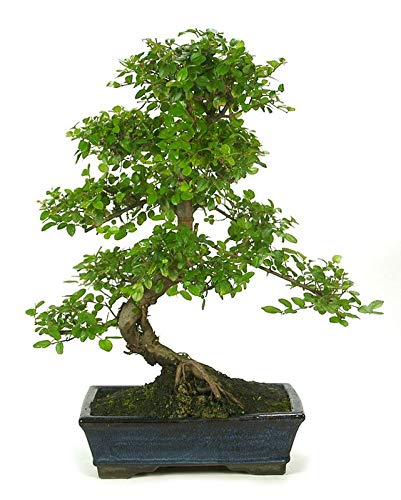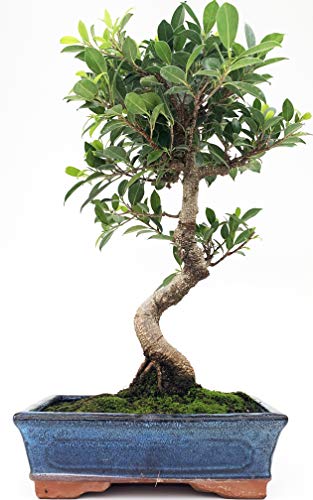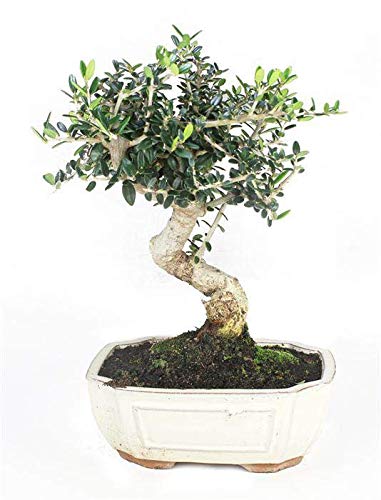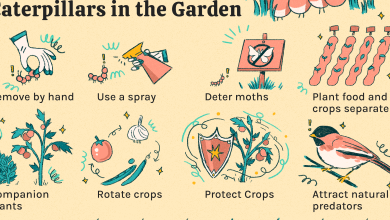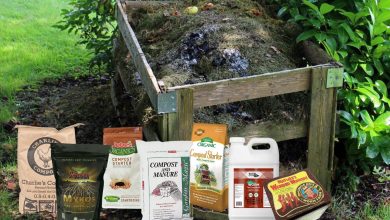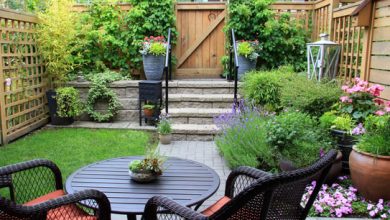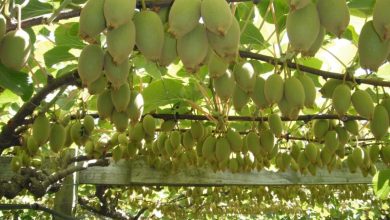Indoor Bonsai: [Characteristics, Varieties, Care and Irrigation]
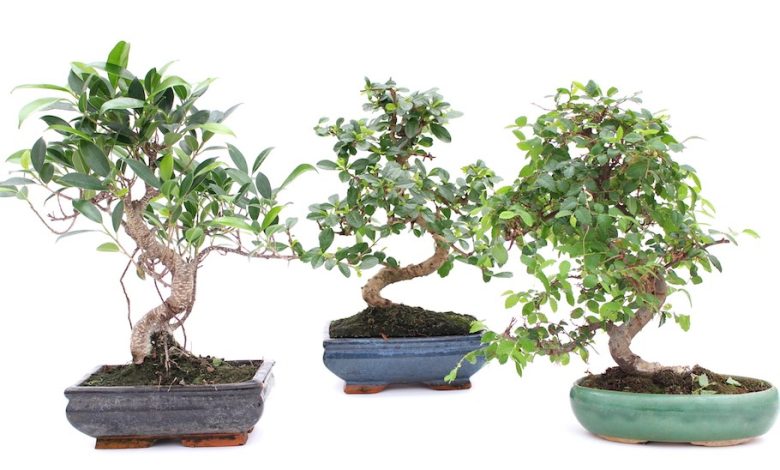
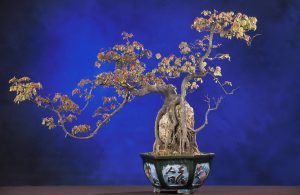 Enjoying the beauty and tranquility that bonsai bring inside the house is a true gift.
Enjoying the beauty and tranquility that bonsai bring inside the house is a true gift.
The detail is that they must be very well chosen because not all species enjoy and survive the conditions that exist indoors.
In general, it is only possible to work with those species that are kept in their natural habitat with tropical or subtropical climates.
Let’s not dwell on the matter, we better study everything related to indoor bonsai and, of course, the best species for this. Are you in?
What are indoor bonsai?
Indoor bonsai bring together those evergreen plants that usually live in constant climates throughout the year. These are from tropical climates, primarily, so their minimum temperature range is around 12º C.
It is not recommended to have them outdoors due to the arrival of winter, especially when frost occurs, since it can kill them. Of course, they need sunlight, so you will have to place them in an appropriate space where they receive it, even if it is through a window.
What are the best bonsai for indoors?
There is a good variety of species capable of adapting to the conditions present inside a home, ensuring that they will develop well. Within this group we have:
- Ficus: it is a species with high resistance and that is highly recommended for those people who are just starting out in the practice of making bonsai. It usually tolerates low humidity well and is adaptable to different conditions.
- Gardenias: when it comes to decorative bonsai, gardenias could give you a true visual gift, since not only can you work on their structure for this purpose, but they will offer white blooms in their time, what better than that, right?
- Carmona: it is a very good species to keep indoors because it needs a temperature around 20º C. It is demanding with sunlight, which it expects to receive abundantly on a daily basis. It can be problematic in winter to meet this requirement, so relying on a fluorescent lamp will be the action to take to keep it healthy.
- Privet: Although it is not recommended that bonsai be moved from the place where they are established, an exception could be made with the privet. It is a species that loves high temperatures and direct sunlight, but is not resistant to the arrival of winter. For this reason, it is possible to keep it outside during the warm season and then move it inside to weather the cold weather.
- Cuphea: it is another of the bonsai versions that is well worth considering to decorate the interior of the house because it is a plant that offers a beautiful purple bloom.
Other species that also accept indoor cultivation are eugenia, murraya, serissa, etc.
How to take care of a bonsai inside the house?
Caring for bonsai indoors is not optional, you have to ensure that all recommendations are followed so that they are healthy.
exposure to sunlight
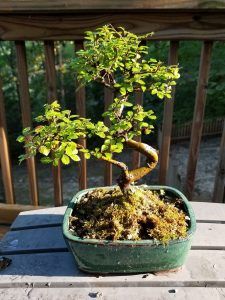 They need it and there is no way to fully replace it because it is key for them to carry out photosynthesis and thus develop.
They need it and there is no way to fully replace it because it is key for them to carry out photosynthesis and thus develop.
The best strategy to offer it is placing the bonsai in a window where the rays penetrate without blockages. That is, it must be free of curtains.
Specialists recommend that this window be oriented with a view to the south because it represents the best incidence space for the sun’s rays.
When a bonsai doesn’t get enough sunlight it will start to weaken and you need to be vigilant to apply a quick change. Otherwise, and even if it doesn’t happen immediately, it will end up dying.
In any case, a strategy that can probably be useful at certain times is to take advantage of an extra fluorescent light.
Ventilation
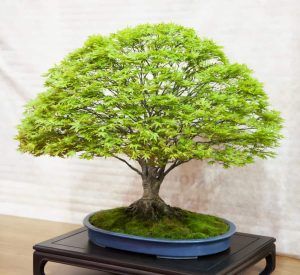 Air flow is essential for bonsai to be healthy and not develop diseases.
Air flow is essential for bonsai to be healthy and not develop diseases.
Considering that the humidity of the space must be more or less high, ventilation becomes even more important because it depends on it that fungi do not occur.
It is even recommended that you leave a window open for a few hours in the place where the bonsai is.
Temperature
It is important that the temperature remains constant throughout the year, preventing the bonsai from being exposed to sudden changes. These sudden changes can include those that occur when turning on an air conditioner or heater.
How to water a bonsai indoors?
Depending on the conditions, more or less watering will be necessary. You must pay attention to the characteristics of the land, avoiding flooding.It is best to bury a branch and check that it comes out with the loose substrate before watering again.
Although manufacturers sometimes recommend a watering period, this part of a condition that is not always applicable and could be excessive or insufficient.
Also, indoor bonsai need support around this matter by applying water to the structure and leaves with a sprayer if necessary.
Otherwise, you can also install a tray with water in an area near the bonsai so that it evaporates and increases humidity. Of course, it is important that the bonsai themselves (their roots) do not come into contact with these trays of water.
The choice of indoor bonsai is usually more delicate than outdoor because a deciduous species will not tolerate this way of life.
The reason is that they need the vegetative shutdown that occurs during the winter to lose their leaves and rest.
If this does not happen, it will be seriously affected and may die at any time. Therefore, you must study the type of species you want to ensure that you will offer the appropriate environment.
And so not only enjoy the art of creating bonsai, but also the decorative contribution that it gives to the interior of the house.
Bibliographic references
- Art and Technique in Bonsai, C Pessey – 1996 – books.google.com
- Bonsai: Miniature Trees, P Lesniewicz – 1982 – books.google.com
- Indoor Bonsai, P Lesniewicz – 1990 – sidalc.net
- INDOOR BONSAI, BY SALCEDO VARGAS – sidalc.net
- The Art of Indoor Bonsai: Growing Tropical, Subtropical, and Temperate Bonsai, J Ainsworth – 1989 – sidalc.net
- INDOOR BONSAI, BB GARDEN – 2001 – sidalc.net
- The book of plants: ideas and care for indoor plants, L Manzanera, F Vaquero, L Echevarria – 2000 – sidalc.net
Maybe you are also interested in:
- How often and how to water my Bonsai?
- Outdoor Bonsai: [Characteristics, Care, Types and Sun Exposure]
- Caring for a Bonsai: [Irrigation, Sun Exposure, Pruning and Fertilizer]
- Carmona Bonsai Care: [Earth, Humidity and Pruning]
- Bonsai Pests and Diseases: How to Identify and Treat Them
- Types of Bonsai: [According to Size and Shape]

